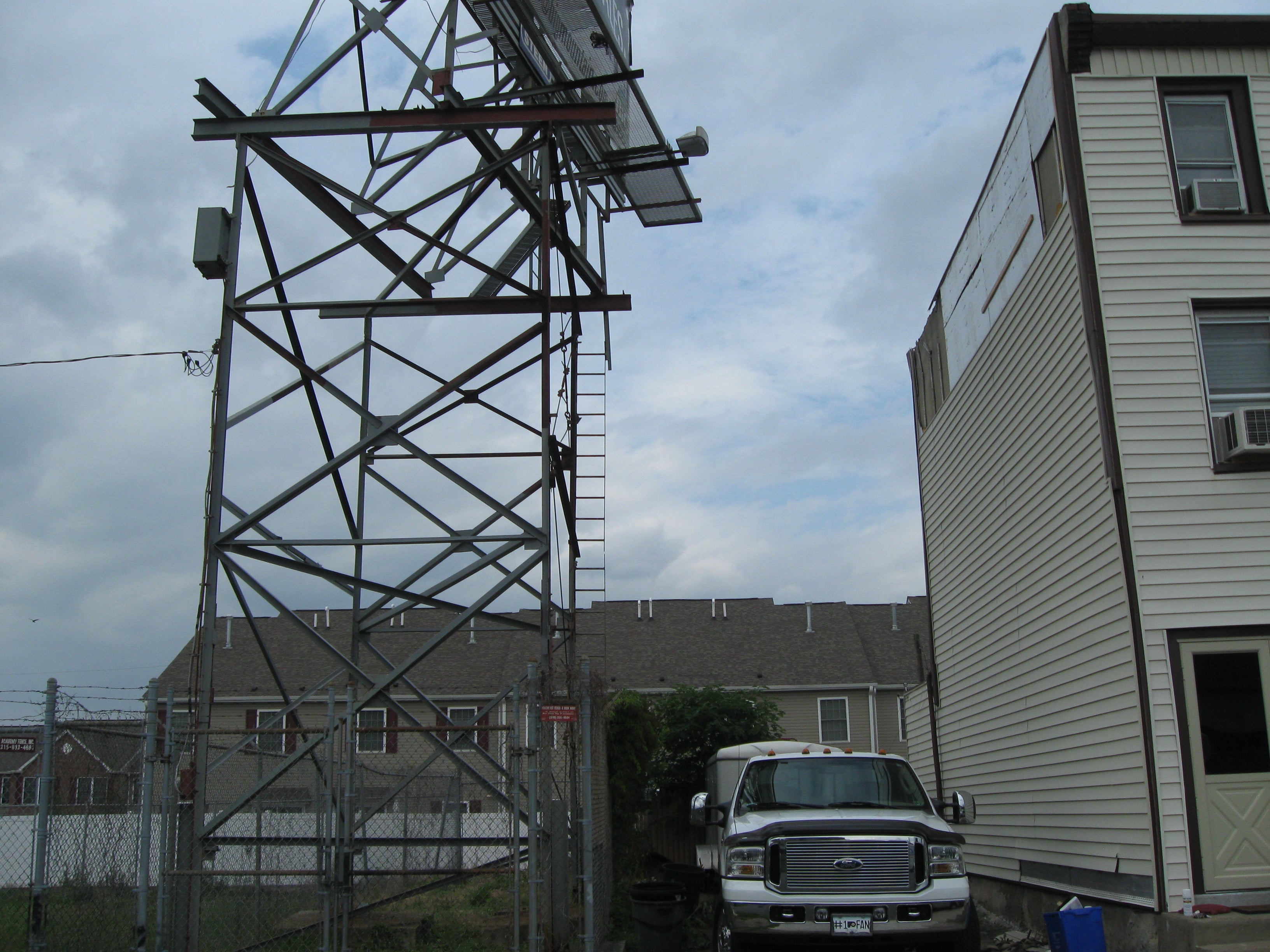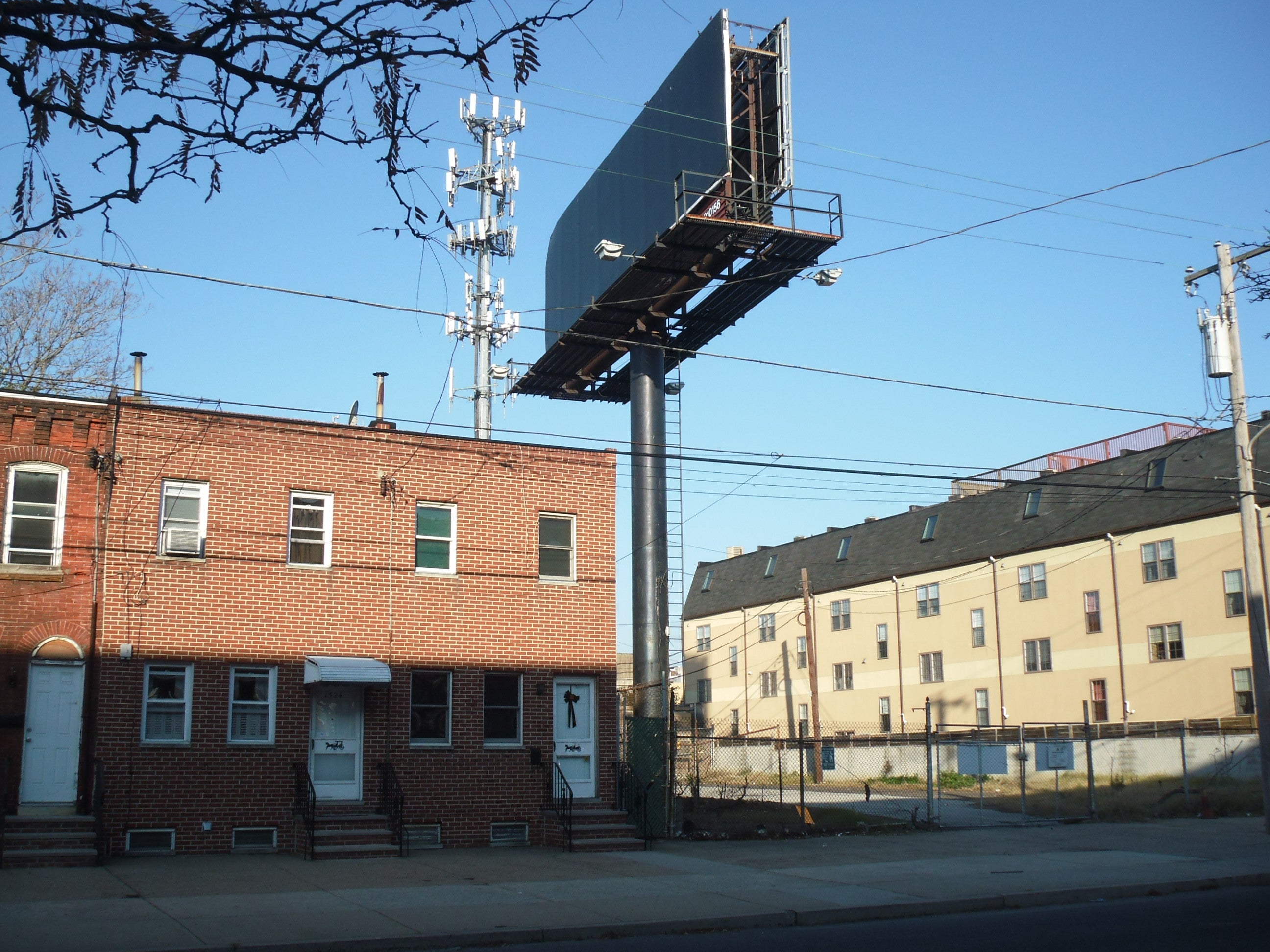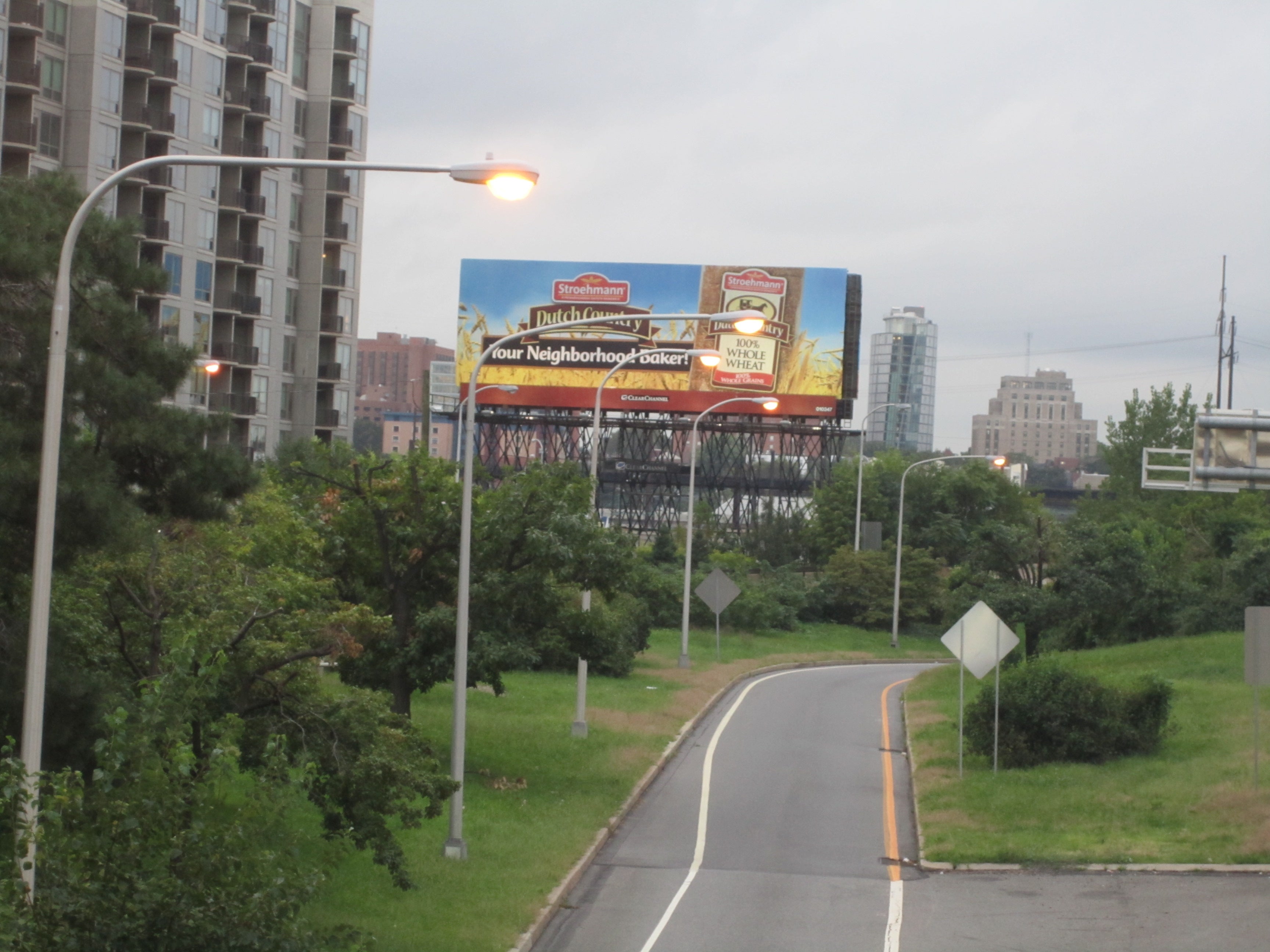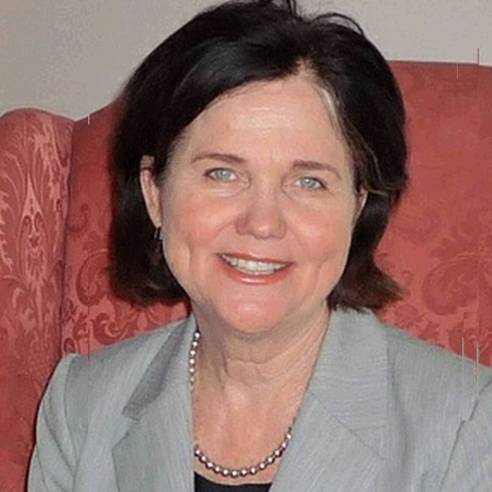Scenic Philadelphia looks beyond billboards
For the last three years, Mary Tracy has been wearing two hats, one as president of Scenic America and one as executive director of Philadelphia-based SCRUB, the Society Created to Reduce Urban Blight. Besides launching her on a loop-de-loop schedule of Amtrak rides back and forth to Washington, D.C. the gig has heightened her already razor-sharp sense of mission.
“As president of Scenic America, I’ve come to realize that there’s no highway system I’ve seen that has as many illegal billboards as do Philadelphia’s highways,” she says. “Our city has failed to regulate a problem that’s become deep and embedded. the result is, we’re choking.”
When Tracy co-founded SCRUB in 1990, she was a feisty activist fighting one billboard in her neighborhood of Overbrook. The group operated on an ad hoc basis, with no real funding, organizational structure or mission beyond occasionally showing up in front of the Zoning Board of Adjustment to fight variance requests. Ultimately, in 2000, Tracy was named executive director and she set about establishing a board.
Since then, the group’s been instrumental in ridding our highways of some 1,000 illegal billboards. All along, it’s operated as part of Scenic America — which has 36 such affiliates across the nation and fights not only against highway billboards but advocates for issues ranging from protecting farmland to reducing haze that impacts on scenic views — while retaining its original name.
Tracy became so well known for her activism that Scenic America asked her to join its board; then she served as its interim president before, at last, settling into the president’s seat herself. ‘I love Scenic America, but I also love Philadelphia,” she says, “and I didn’t feel that SCRUB was ready for me to leave.”
And, all along, SCRUB kept its name — “we were so attached to it,” says Tracy. “It had that pull-up-your-sleeves sound to it.” This spring, however, the organization bit the bullet.
Everyone was ready for it, says Tracy, with the only debate being whether SCRUB should be renamed with the more informal Scenic Philly moniker or the more stately Scenic Philadelphia appellation. They chose the latter because, she says, “it better describes what our vision is.”
Although the new name won’t necessarily pitch Tracy and her staff of four into the broader issues that Scenic America covers (such as promulgating scenic byways), Scenic Philadelphia has lately been expanding its mandate.
For example, this summer the organization partnered for the second year in a row with Philadelphia Futures on a program to open teenagers’ eyes about the unsightly presence of illegal billboards — as well as rampant trash and weeds — that they may take for granted.
“We’re trying to move beyond billboards,” Tracy says. “When you’re looking at declining neighborhoods, the visual environment is key. The cracks in the sidewalk, the graffiti, the broken windows. These are all visual triggers. Young people can learn to recognize this and they can be compelled to try and do something about it. We want to recruit, educate, and connect them to other organizations in their communities so they can help tackle these problems.”
The four-week program, “Renewing Philadelphia’s Future,” brought together 10 high schoolers to listen to a variety of speakers address planning issues such as disinvestment and redlining. Several students ended their participation by presenting proposals for specific reuses of the vacant lots and abandoned buildings in their neighborhoods.
“There are a lot of complex reasons behind how these neighborhoods got the way they are,” says Maddy Ranum, a Penn intern who helped organize the program. “Those reasons can be hard to hear about — but if you don’t understand them, it’s difficult to move forward.”
Summer interns have been a fixture at the organization for awhile now, says Tracy, but their current projects — like the Philadelphia Futures program — reflect on Scenic Philadelphia’s evolving role. For instance, she says, the organization would like to make more readily available its research, including a recently-assembled database of billboards lining the city’s major highways, via GIS and Google Earth.
Another Penn intern, Sarah Richards, was charged with the task of inventorying the billboards along I-95 and, sampling those on I-676 and I-76, this summer. All told, she says, she counted 183 and after pinpointing their locations and their permits — not always an easy task — she determined that 89 were non-compliant, in terms of their proximity to housing, schools, or each other. Both federal and city codes govern the placement of billboards, but both are routinely disregarded, says Tracy.
Armed with the information, Tracy says the organization will continue to talk with PennDOT and the City, “as we’ve been doing for the past eight years.” What does it say, she continues, “that the vacant land’s best use is so often considered its ability to hold a metal sign?”
And so the fight goes on — Scenic Philadelphia’s staff attorney Stephanie Kindt, for example, regularly monitors ZBA cases and regularly provides pro bono legal representation for neighborhoods appearing before the board.
On the ever-closer horizon, a new battle awaits: that of digital billboards. They distract drivers, they’re huge carbon producers, can negatively impact on property values and, says Tracy, even shed unwelcome light onto historic sites, as is the case with one near Independence Mall.
A case Kindt is focusing on involves the owner of a billboard at 1933 W. Moyamensing Ave. who wants to demolish and rebuild – higher – the sign as a digital billboard. A ZBA hearing scheduled for Sept. 19, has been continued five times since last November.
Included in her dismay are the flashing lights soon to make their way in and around The Gallery. “We believe there are other ways to activate the area,” Tracy says. “It’s the gateway to a World Heritage site [Independence Hall] — why can’t they build on that position instead of turning it into a mini Times Square?”
Digital signs are simply the latest energy boost for the outdoor advertising industry, an industry that needs to stay current to continue to capture an increasingly fragmented and distracted advertising market, Tracy believes. “I think it’s the beginning of a whole downward trend,” she says. “Neighbors are up in arms, it represents a huge structural change with a whole new set of implications.”
Still, she laughs, “hope springs eternal.” When you look at blight, she adds, “it all stems to the city’s failure to enforce existing laws. We continue to hope that some of our research and ideas — why not smaller billboards? or fewer of them? — will sink in and manifest as policy.”
Contact the reporter at jgreco@planphilly.com and follow her on Twitter @joanngreco
WHYY is your source for fact-based, in-depth journalism and information. As a nonprofit organization, we rely on financial support from readers like you. Please give today.








